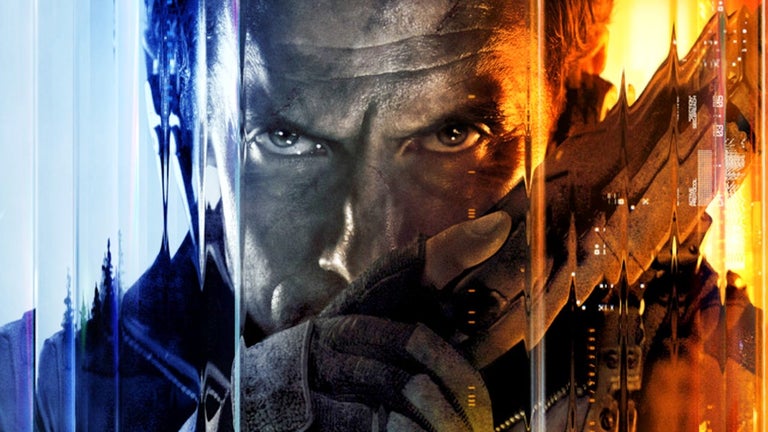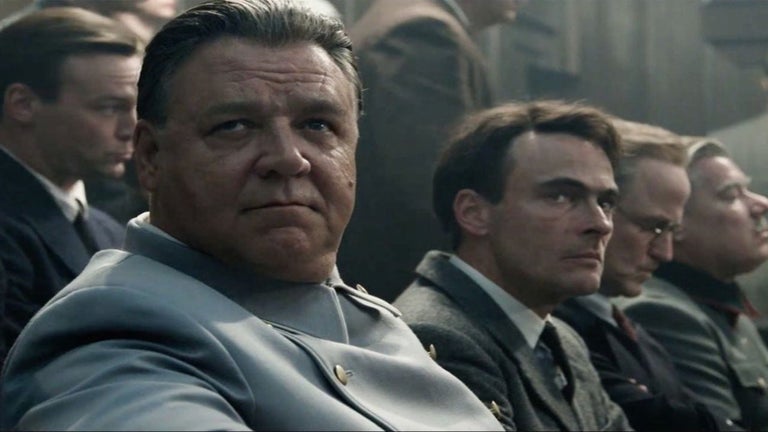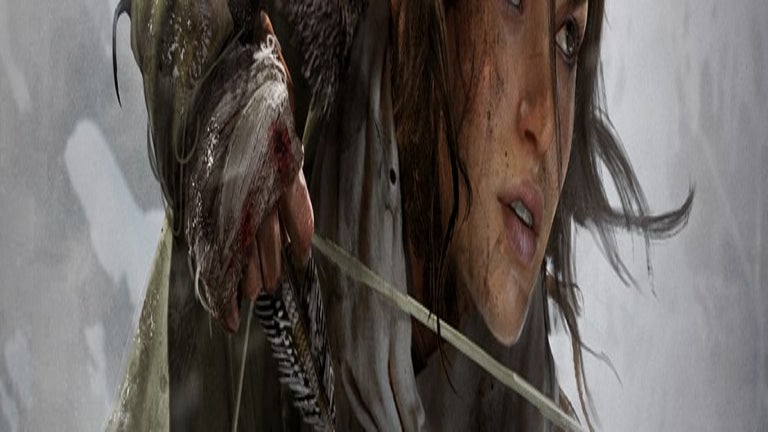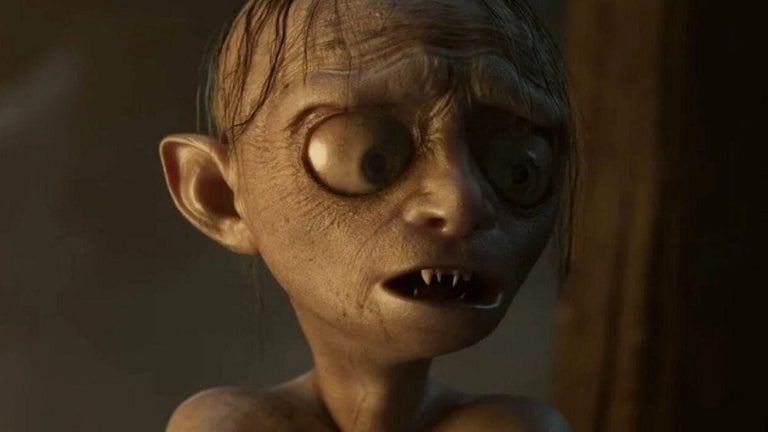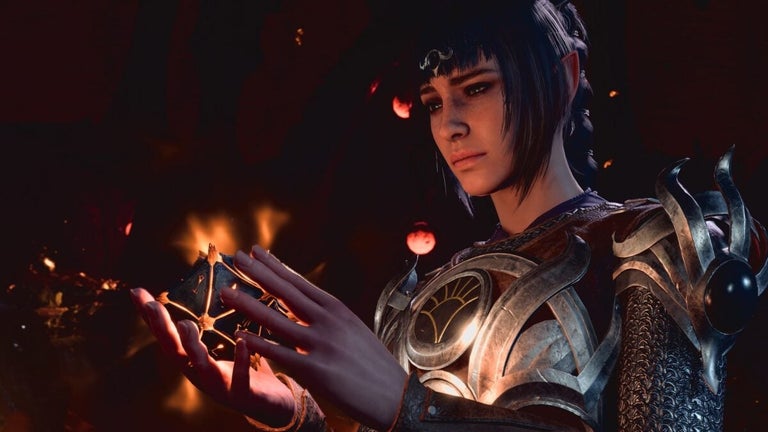Face the darkness within and without
Darkest Dungeon II is a premium fantasy role-playing game in which you lead a party of adventurers to confront an ancient evil. Along the way, you'll have to contend not only with monsters and other enemies but with your party's internal disputes. Managing your characters' stress and their relationships with one another is vital to success.
Like the original Darkest Dungeon, this sequel combines roguelike gameplay with turn-based combat. There are some differences between Darkest Dungeon II and its predecessor, but most core elements are recognizable. The iconic character designs and dark, moody fantasy aesthetic will remind players of games like Urtuk: the Desolation.
A battle for survival
Like its predecessor, Darkest Dungeon II is a challenging game; early attempts are unlikely to succeed. However, each attempt to beat the game, even if it fails, unlocks new characters and items for future playthroughs. Success comes from combining different characters' abilities to create winning strategies. You'll also need to deploy characters in the correct positions in your battle line.
Despite your characters' powers, they're still vulnerable human beings. As they encounter frightening or stressful experiences, they will gain stress levels. Too much stress will cause the character to melt down, upsetting or even harming other party members. As characters begin to dislike each other, they'll work less well together. Managing stress levels and relationships can be as challenging as combat.
Hero’s quest and journey mechanics
In Darkest Dungeon II, players are guided by their mentor, The Academic, to journey to The Mountain to defeat the source of evil. The party traverses a decayed kingdom using The Stagecoach, safeguarded by The Flame, a vital light that must stay lit. The Flame's intensity fluctuates based on battle outcomes, influencing the party's safety and sanity. If extinguished, deadly cultists attack, but surviving reignites The Flame to a minimal level, giving players one last chance to continue their journey.
The adventure begins with a tutorial in The Valley and ends at The Mountain. Along the way, players select routes at The Inn — a safe haven that marks the endpoint of each segment. Diverse regions such as The Sprawl, The Foetor, and The Shroud offer randomized layouts and events, ensuring a unique experience in every playthrough. Each region presents its own challenges, and avoiding combat can leave the party unprepared for the final confrontation.
At The Crossroads, players select their initial party of four heroes for each playthrough. More heroes can be recruited at The Inn, but the party size is capped at four members. As players progress, they earn Candles of Hope, unlocking new heroes and expanding their options. Relationships play a crucial role alongside stress levels — positive affinities between heroes provide valuable boons, whereas negative relationships can lead to distractions, mistakes, and increased stress, potentially causing a hero to melt down.
The Kingdoms and Inhuman Bondage DLC update
Red Hook Studios has released a major update for Darkest Dungeon II, introducing a new game mode called "Kingdoms" alongside the "Inhuman Bondage" DLC. Kingdoms offers a standalone experience separate from the main campaign named Confessions mode, featuring unique progression systems, hero paths, and item unlocks. While progress in each mode is largely independent, some like stagecoach skins, hero palettes, and the Abomination character from the DLC carry over between modes.
Beyond Kingdoms, the update brings significant changes to the base game. Ordainment, a game mechanic, has been rebalanced to reduce its impact on enemy speed and stats. Several heroes, including the Bounty Hunter, Flagellant, Leper, and Plague Doctor, have received adjustments to their skills and stats. The Bounty Hunter now has distinct paths for each game mode, offering specialized abilities.
Enemies have also undergone significant rebalancing. Cultists, Lost Battalion, and Swine enemies have been adjusted to provide a more challenging and engaging experience. The Swine, in particular, has received numerous changes to better reflect the risk-reward nature of encounters with them. Military Barricades and Chirurgeon's Table encounters have also been tweaked for improved balance.
Confession bosses have been rebalanced, with adjustments to their stats, skills, and mechanics to smooth out difficulty progression. Numerous items have been repriced, rebalanced, or had their effects adjusted. New quirks have been added, and existing ones have been modified. The update also includes a plethora of bug fixes, tutorial edits, loot table updates, and general improvements to enhance the overall gameplay experience.
More dark roguelike RPG adventure
Darkest Dungeon II has a lot to attract fans of the original game, but the sequel focuses more on the stories of individual characters and their relationships. Players who value the large-scale team management of the original game may be disappointed. The individual campaigns are also much shorter than the original's, although multiple campaigns are possible.
Darkest Dungeon II PC Requirements
- Minimum:
- CPU: AMD Athlon X4 / Intel Core i5 4460
- GPU: GeForce GTX 950 / Radeon R7 370
- RAM: 8GB
- OS: Windows 10
- Storage: 6GB
Recommended:
- CPU: i7 6700k / Ryzen 7 1700
- GPU: Nvidia GTX 950 / AMD R7 37
- RAM: 16GB
- OS: Windows 10
- Storage: 6GB





